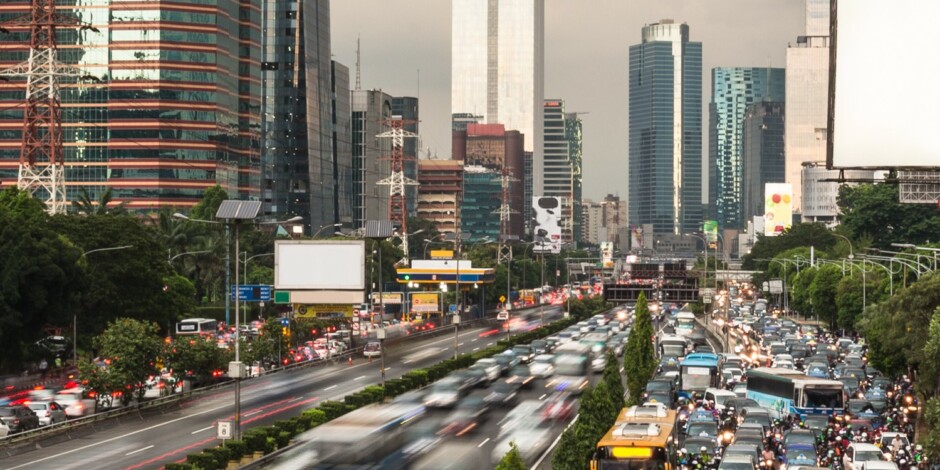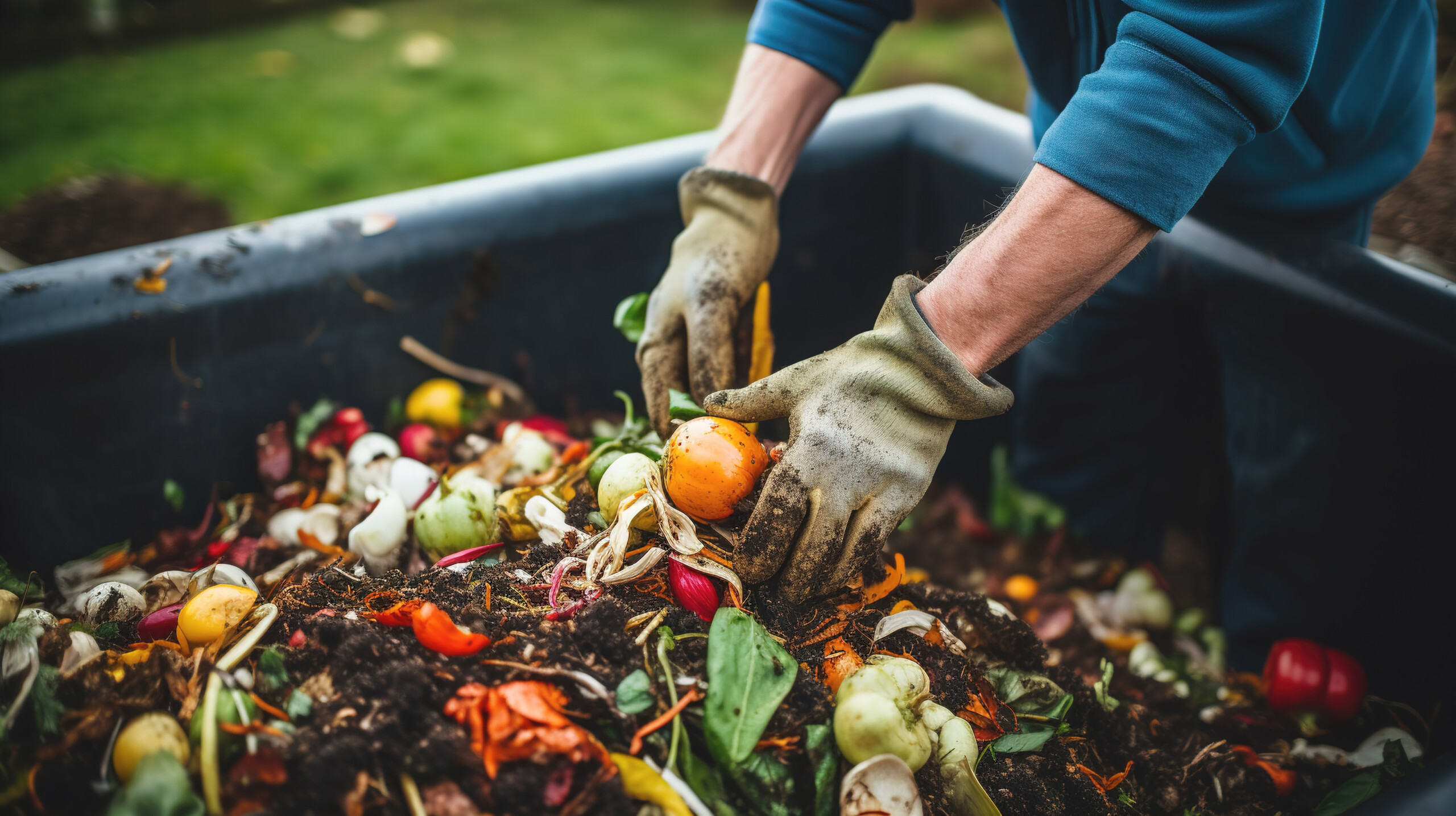Balancing the emissions budget: The interplay of lifestyle, technology and sustainability
Fewer cars, fewer flights and much less meat. And if you live in Canada or the United Kingdom, your personal carbon footprint needs to fall by 90 percent by 2050.

That’s according to The Hot or Cool Institute’s report 1.5 Degree Lifestyles: Toward a Fair Consumption Space for All, that makes the case for radical individual lifestyle changes in order to meet the Paris Agreement target of limiting global warming to 1.5 degrees Celsius.
Central to the report is the question of how, in a world with a limited global carbon budget and significant socio-economic inequality, do we equitably allocate the remaining carbon allowance while reducing carbon footprints significantly and as soon as possible?
Acknowledging the task at hand, the report’s lead author, Managing Director of the Hot or Cool Institute, and keynote speaker at evokeAG. 2024, Dr Lewis Akenji, said while lifestyle change was difficult, it was also necessary.

Managing Director of the Hot or Cool Institute, and keynote speaker at evokeAG. 2024, Dr Lewis Akenji
“Talking about lifestyle changes is a hot-potato issue to policy makers who are afraid to threaten the lifestyles of voters. This report brings a science-based approach and shows that without addressing lifestyles, we will not be able to address climate change,” Dr Akenji said.
The report unpacks the lifestyle carbon footprints in ten high, middle, and low-income countries, and looks at six areas: food, housing, transport, consumer goods, leisure, and services.
It focuses deliberately on radical approaches that are not yet part of the climate action conversation. The goal? To expand the discussion on dealing with the climate emergency, and quickly.
Three types of “efforts” on the way to reducing carbon footprints are covered – absolute reduction, modal shift, and efficiency improvement:
- Absolute reductions are reductions of physical consumption of goods and services, for instance ending unnecessary air travel and driving less.
- Modal shifts, refer to continuing the activity but doing it in a more sustainable way. Think using public transport instead of driving, or train travel over air travel.
- Efficiency improvements refer to efforts to reduce emissions by replacing technologies with lower-carbon versions, but not actually changing the amount consumed or used. Like swapping from traditional grid electricity to renewable grid electricity.
While achieving ambitious climate targets is not a matter of picking one or the other, requiring a blend of technological innovation and consumption and lifestyle change, it suggests we may have been putting all our eggs in the technology basket for too long.
“While generally overlooked in our pursuit of technological solutions to climate change, failing to shift the lifestyles of nearly eight billion human beings means we can never effectively reduce GHG emissions, or successfully address our global climate crisis.”
So, what role will agrifood tech and innovation play?
The 1.5 Degree Lifestyles report says that roughly one third of food produced globally for human consumption is wasted, or about 1.3 billion tonnes per year. Most of this, comes from industrialised countries with an annual total of 95-115 kilograms of food waste per person, per year.
 Despite this, it sees food production efficiency improvements in high income countries like reducing both household food waste and supply side food loss as having only moderate impact potential.
Despite this, it sees food production efficiency improvements in high income countries like reducing both household food waste and supply side food loss as having only moderate impact potential.
Technology and systems innovation that prolongs the lifespan of food through better planning, purchasing, storing, cooking, and managing leftovers to reduce waste, losses and emissions will all help.
But what does this actually look like, in terms of agrifood tech and innovation? How can our agriculture and food supply chains ensure they’re maximising the contribution to carbon reduction?
Is their impact potential as great as we think?
In his keynote address “Agrifood systems: balancing the social tensions and emissions budget” at evokeAG. 2024 in Perth on 20-21 February 2024, Dr Lewis Akenji will examine what new principles can underscore sustainability interventions, regenerative agricultural practices, design of fairer provisioning systems, and sustainable lifestyles.
“Agrifood, more than most sectors, encapsulates the social tensions growing underneath the environmental crises,” Dr Akenji said.
“Unlike some high environmental impact sectors, food is so fundamental to biological and cultural survival that overgrown tensions affect wellbeing, social cohesion and political stability.
“This is why a consumption-based perspective to understanding agriculture and food provisioning systems is critical to ensuring sustainable food production and consumption.”
Want to hear more from Dr Akenji and the importance of balancing social tensions and environmental crises? Join us at AgriFutures evokeAG. 2024 on 20-21 February in Perth Western Australia. Tickets are on sale here.
View the full two-day program, including all speakers and partners making evokeAG. 2024 possible.
